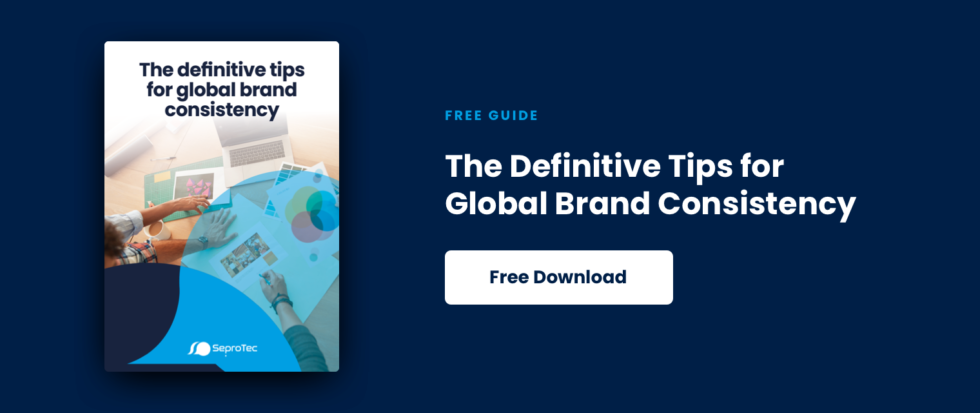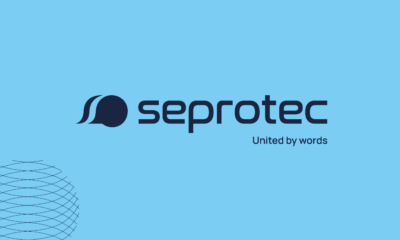
Building Strong Global Brands through Corporate Language and Localization
In today’s global marketplace, companies need a competitive advantage that goes beyond an efficient product and pricing strategy. A company also needs to create an effective communication strategy to build a strong brand that stands out from the competition.
As a language service provider, Seprotec understands the crucial role that corporate language plays in brand identity and the impact it has on employees, customers, and business partners. In this post, we look at the importance of corporate language and provide insights into how to get started with building your corporate language.

What is Corporate Language and Why Does it Matter?
Corporate language refers to the consistent use of language, tone, and style in all internal and external communication representing a company’s unique identity. Its significance lies in several key factors:
– Consistent Communication: Maintaining a uniform corporate language reduces confusion and questions, ultimately saving time and costs spent addressing discrepancies in messaging.
– Strengthening Brand Identity: A cohesive language strategy strengthens the brand by creating a unified and recognizable voice, fostering trust and loyalty among stakeholders.
– Differentiation from the Competition: In a competitive market, a distinctive corporate language sets a company apart, so it can stand out and stay top of mind.
– Greater Brand Recognition: A uniform language makes a brand more memorable and easier for (potential) customers to emphasize and identify with.
Best Practice Example:
IKEA is a good example of an effective use of corporate language. Utilizing Swedish names for products, addressing customers with a friendly “hej” or “hej du” (hello) or incorporating Swedish accents into advertisements, IKEA has crafted a unique and memorable brand identity that extends beyond products and resonates with its diverse global audience.
How to Get Started Building Corporate Language
Developing a comprehensive corporate language is a lengthy process that involves various stakeholders in the company, from the marketing department to technical documentation. To implement corporate language in a business, two main tools are usually used: a corporate style guide and an extensive terminology database.
Here are a few tips on how you can get started with setting up corporate language in your company:
– Define Your Brand’s Mission and Values: Clearly articulate the mission and values that your brand embodies if you have not already done so. From there, you can then very easily derive elements for your corporate language, e.g. in terms of diversity.
– Agree on Your Company’s Tone and Voice: Establish the desired tone and voice that is consistent with your brand personality and resonates with your target audience. Provide examples to help the company’s employees get a better understanding of it.
– Outline Branded Words and Phrases: Identify specific words and phrases that are important to your brand identity or products and also list terms you want to avoid. Extend this process to other languages by using your international colleagues’ expertise. You can then save these findings in an Excel spreadsheet, for example, and add more information to the terms such as definitions and images. This lays the foundation for your company’s own terminology, that can later be used to create your multilingual content.
– Establish Guidelines for Formatting: Ensure a consistent look & feel across all communications with formatting guidelines that support your brand’s visual identity.
Building a strong international brand partly depends on the right use of corporate language. Seprotec helps companies create comprehensive style guides tailored to international markets. With our expertise, companies can seamlessly develop and implement multilingual terminology, ensuring a consistent and effective communication strategy in different languages. Achieving the very best corporate language isn’t just about finding the right words, it’s about creating connections that cross borders, passport-free.
There are no comments




Leave a comment